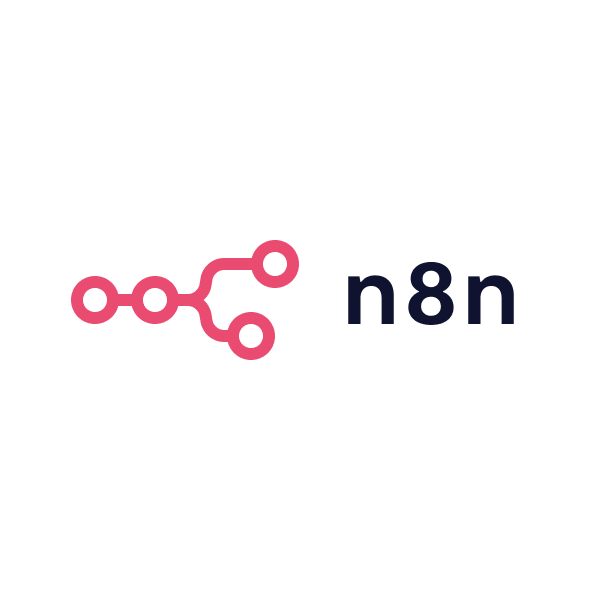How Zapier works
Zapier is a cloud-based automation layer that sits between your software tools and passes data among them. Each automation, called a Zap, follows a simple model: a trigger fires, the Zap collects data from that event, then one or more actions run in other apps using that data. Triggers are either instant using webhooks or real-time API subscriptions or polled on a short schedule. Every action step counts as a task, and Zapier records each one in a run history so you can audit exactly what happened. Because Zapier hosts everything, there is no server maintenance or version update to worry about; you build in the visual editor and Zapier’s infrastructure handles execution at scale.
Creating a Zap
Begin with a clear outcome in mind; list the data coming in, what must happen to it and where it needs to go. In the Zap editor you first choose the trigger app and event, then connect the relevant account through OAuth or an API key. Zapier pulls sample data to confirm the connection and help with mapping later. Next, add one or more actions, selecting the events you need create record, update object, send message and so on and authorise those accounts. Map fields from the trigger into each action, using the drop-down menu that shows live example values. You can insert Filters to stop the Zap when conditions are not met, Delays to schedule an action hours or days later, or Formatter steps to clean and transform the data mid-flow. Test each step with real sample data, adjust if necessary, then switch the Zap on. From that point it monitors the trigger source continuously and runs every time the conditions are met.
Key features
Multi-step workflows
A Zap can include dozens of steps, letting you chain together multi-department processes such as routing a new demo request through CRM, email marketing and chat without human intervention.
Conditional paths
Paths split a Zap into branches based on rules like region, deal size or product line, so one automation can handle multiple scenarios while keeping data in a single workflow.
Built-in utilities
Formatter, Filter, Delay, Schedule and Looping functions cover everyday needs such as reformatting dates, removing HTML, holding tasks until a set time or iterating through line-item arrays.
Webhooks support
Incoming and outgoing webhooks mean you can integrate any API, even if the service is not on the Zapier marketplace, or push data to custom endpoints in real time.
Code by Zapier
For edge-case processing you can drop in short JavaScript or Python snippets, ideal for niche calculations, data restructuring or calling an authenticated endpoint without leaving the Zap.
Error handling and replay
Zapier automatically retries failed tasks, sends email alerts when something breaks and lets you replay individual runs after fixing the root cause, reducing manual clean-up work.
Transfer, Tables and Interfaces
Transfer moves historical data from one app to another, Tables provides an internal database for lightweight records, and Interfaces allows simple web forms or dashboards that feed directly into Zaps, creating end-to-end internal tools without code.
Ecosystem and scale
Zapier’s app directory numbers in the thousands and continues to grow via its public developer platform, so most SaaS tools you adopt are plug-and-play from day one. For niche products, private integrations can be built and shared inside your account. As workload increases you can raise task limits or upgrade to Team and Company plans that unlock shared app connections, environment folders, granular user permissions and single sign-on. Mature monitoring features including usage dashboards and error logs keep large installations stable. Many companies run hundreds of Zaps processing millions of tasks per month without touching infrastructure; scaling is a financial and organisational exercise rather than a technical one.
Pricing and plans
Zapier’s free tier offers single-step automations and one hundred tasks per month, enough for testing but too limited for production. Paid plans move to a task-based model starting at modest volumes, then step up through Professional, Team and Company tiers that add multi-step Zaps, premium apps, Paths, advanced sharing, SSO and priority support. Because each action consumes a task, optimising Zaps combining steps, trimming unnecessary actions and batching data helps control costs as usage grows.
Security and compliance
Zapier is SOC 2 Type II audited, complies with GDPR and supports data processing addendums for customers that need them. All data is encrypted in transit and at rest, and you can restrict access to connected accounts with role-based permissions. On higher-tier plans, audit logs capture user activity, and SSO simplifies identity management across teams. If you must keep data within a specific jurisdiction you may need to weigh Zapier’s US hosting model against a self-hosted alternative, but for most businesses the existing certifications satisfy common compliance checks.
Best practice tips
Use a consistent naming convention, e.g. client, team or project prefix followed by the workflow name so Zaps stay organised. Build small, single-purpose Zaps instead of giant chains; it is easier to debug and track tasks. Document each Zap’s purpose in the description field and keep a shared spreadsheet listing triggers, actions and owners. Test with production-like sample data to avoid surprises after launch. Review task usage monthly to spot runaway loops or redundant automations. Finally, start every project with the question, “Could Zapier handle this?” and you will often find a quick, reliable solution without writing bespoke code.




